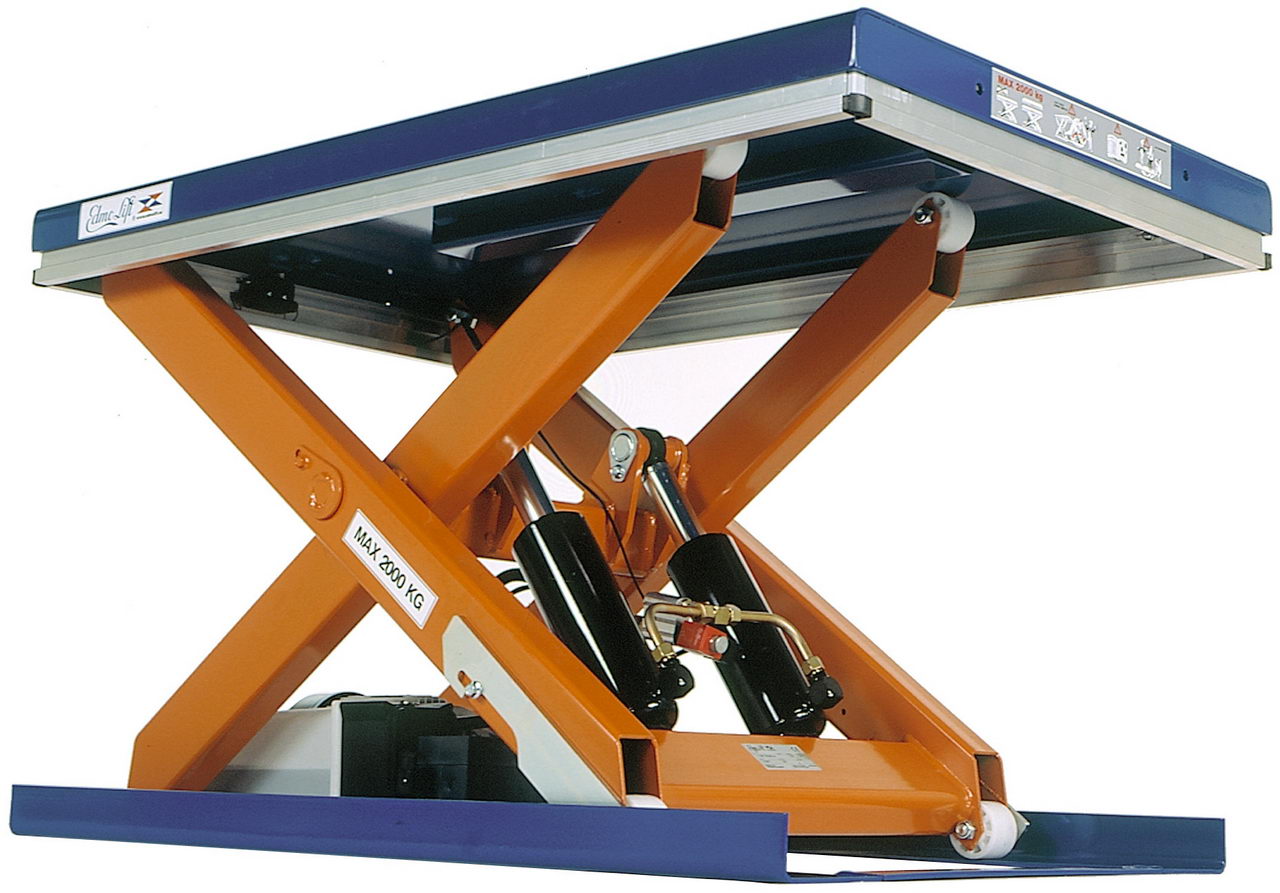Hello guys.
Im making a scissor lift table and struggle abit with the FEA.
I have never tried this kind of coupled mechanism analysis before, so have patience.
I have tried several different methods of coupling the two parts trough center holes where it will have an axle / bolt. There is also a cylinder acting, but this is simplified by a rigid RBE2 element, as max load will occur at the most lower position. (I have also tried CROD). The load is a total of 18kN total. The scissor mechanism is coupled by a manual coupling, and i have also tried RBE2 elements only.
The parts are meshed in CTETRA(10) elements.
The stresses get far higher than i have expected. Any input? Thanks.





FEM and SIM file:
the scissor table is similar to this in the mechanism:

Im making a scissor lift table and struggle abit with the FEA.
I have never tried this kind of coupled mechanism analysis before, so have patience.
I have tried several different methods of coupling the two parts trough center holes where it will have an axle / bolt. There is also a cylinder acting, but this is simplified by a rigid RBE2 element, as max load will occur at the most lower position. (I have also tried CROD). The load is a total of 18kN total. The scissor mechanism is coupled by a manual coupling, and i have also tried RBE2 elements only.
The parts are meshed in CTETRA(10) elements.
The stresses get far higher than i have expected. Any input? Thanks.





FEM and SIM file:
the scissor table is similar to this in the mechanism:

